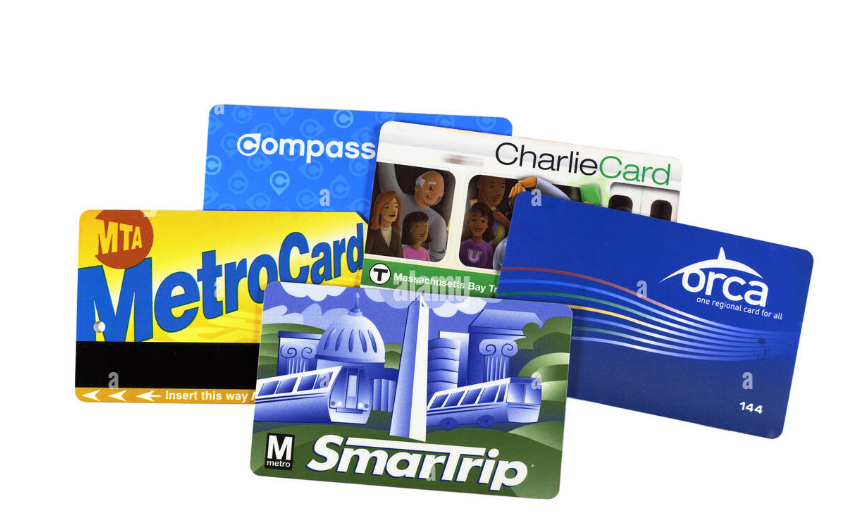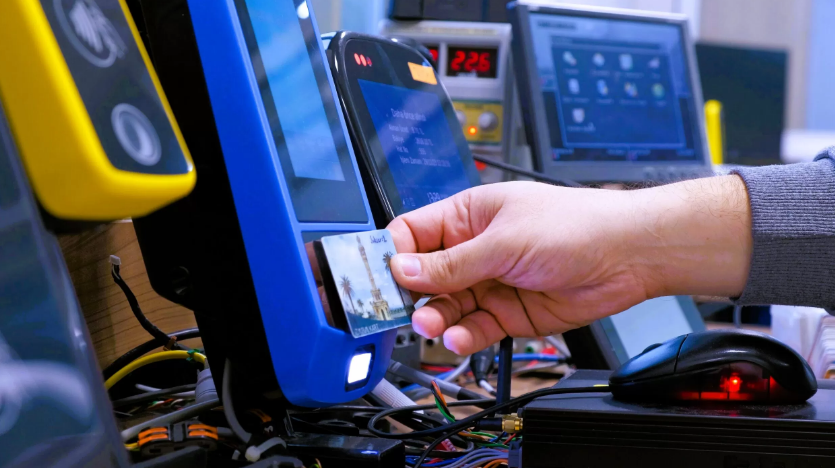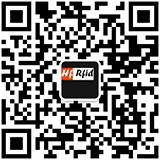RFID-Powered Transit Cards Reshape Global Commuting as Market Set to Hit $140 Billion by 2033
Contactless transit systems leveraging Radio Frequency Identification (RFID) technology are transforming urban mobility worldwide, with the global transit cards market projected to surge from 80 billion in 2024 year to 140.5 billion by 2033—a 6.14% CAGR—driven by demand for frictionless payments and operational efficiency . From Singapore's humidity-resistant readers to California’s fare-capping systems, RFID is proving indispensable for modern transit networks.

Technology: Speed Meets Resilience
RFID transit cards operate via electromagnetic signals between embedded tags and readers, enabling sub-second transactions without physical contact . This non-contact functionality reduces wear on equipment and accelerates boarding during rush hour, addressing a critical pain point for agencies. While high-density environments like subway platforms can cause signal interference, advancements in AES-256 encryption have mitigated risks, ensuring 99.8% reliability in challenging conditions .
“RFID’s scalability makes it ideal for both small bus routes and sprawling metro systems,” notes Liana Bailey-Crimmins, California's State Chief Information Officer. “When paired with digital integration, it creates a seamless experience that encourages ridership.”
Global Case Studies: Adoption in Action
Singapore's Ez-Link: Hybrid Success in Humidity
Singapore's Ez-Link system, a pioneer in RFID-QR hybrid payments, boasts a 97% adoption rate among commuters . Despite the city-state's high humidity—a traditional challenge for electronic systems—the network maintains a 0.2% failure rate, thanks to ruggedized reader hardware. Ez-Link's versatility extends beyond transit: it is accepted at 7-Eleven, McDonald's, and parking meters, mirroring the multi-use model of Hong Kong’s Octopus Card .
London's Oyster: Contactless Evolution
London's Oyster Card, which popularized RFID transit payments two decades ago, now accounts for 63% of all trips via its contactless integration . Transport for London (TfL) recently expanded QR code support for tourist passes while retaining RFID for daily commuters, balancing accessibility for visitors with reliability for locals. The system's “best fare guarantee”—automatically applying the lowest daily or weekly rate—has become a benchmark for fairness, influencing rollouts across Europe.
California's Tap2Ride: Inclusive Modernization
In Sacramento, the Regional Transit District (SacRT) launched its RFID-powered Tap2Ride system on April 1, 2025, allowing riders to pay with contactless cards or mobile wallets . Phase 1 includes daily fare capping and 90-minute free transfers, with Phase 2 set to add seamless bus-light rail integration by late 2025. A key innovation: discounted fares for seniors and veterans are automatically applied via secure digital ID linking, eliminating in-person verification.
“Tap2Ride modernizes our fare system while keeping equity front and center,” said Henry Li, SacRT CEO. “We’ve already seen a 12% increase in bus boardings since launch, as riders embrace the convenience.”
Hong Kong’s Octopus: Beyond Transit
Hong Kong’s Octopus Card remains a gold standard, with 99% of residents using the RFID-enabled system for 15 million daily transactions worth HK 220 million.In March 2024,Oct opus expanded to China's T−Unionnetwork,enabling payments in 336 mainland cities. MTR,HongKong's metrooperator,incentivizes RFID use with discounted fares—for example,a ChaiWan−to−Tung Chung trip costs HK $25.7 with Octopus versus HK$28.5 for a paper ticket .

Future: 5G and Biometrics on the Horizon
As agencies upgrade infrastructure, RFID is merging with emerging technologies. Beijing's subway is trialing facial recognition alongside RFID, while Hong Kong's MTR tests block chain-based NFT passes . 5G edge computing promises sub-100ms transaction speeds, further reducing boarding times.
“The fusion of RFID with 5G and AI will create self-optimizing transit ecosystems,” predicts a Rakind IoT analyst. “For commuters, that means no more fumbling with tickets—or worrying about missed trains.”
With governments like the UK investing £20 million in contactless roll outs and cities prioritizing smart city initiatives, RFID transit cards are poised to remain the backbone of urban mobility for decades to come.
More information about rfid transmit card,welcome to contact our sales team:sales@hanflyrfid.com



